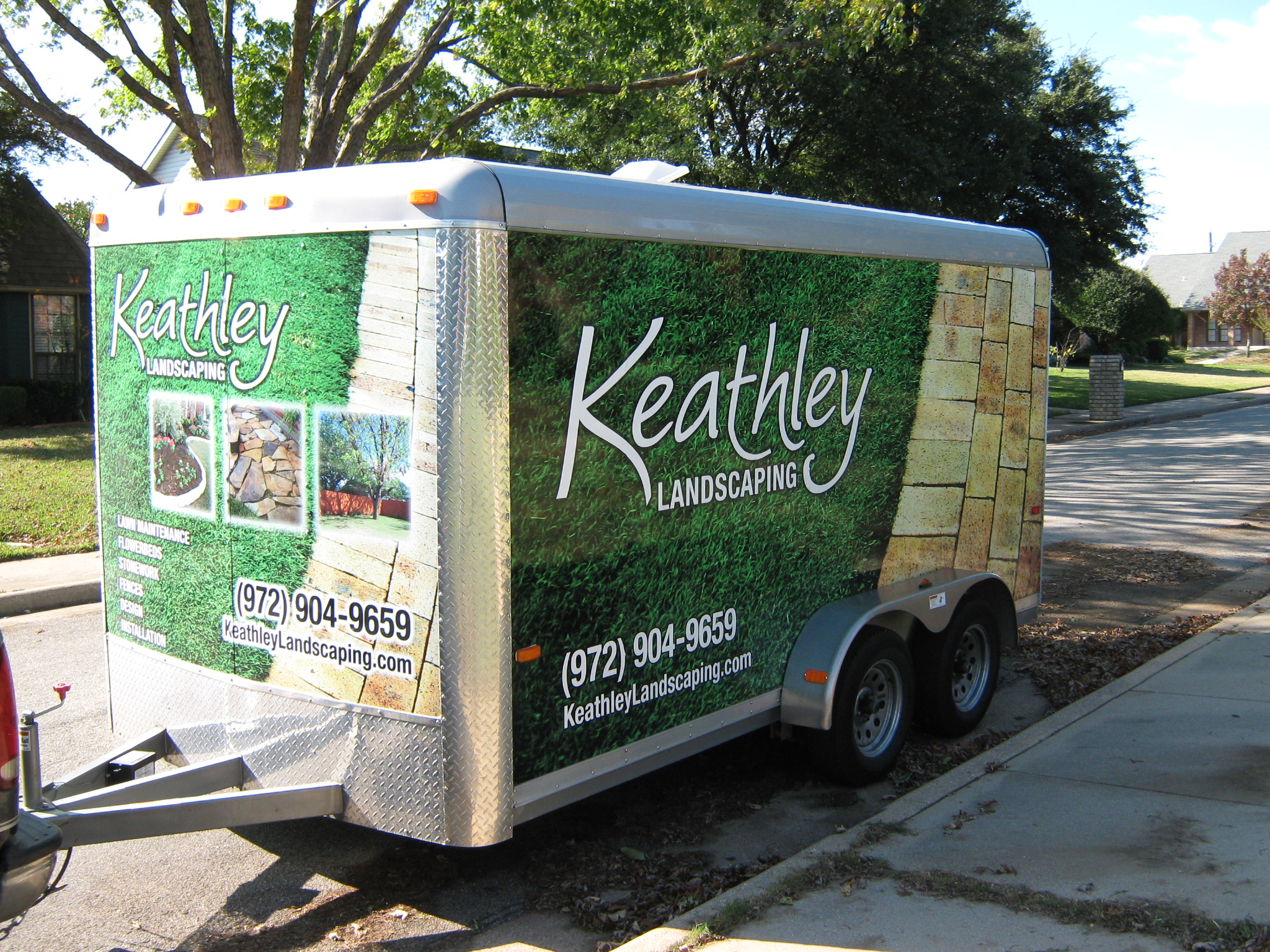The Connection Between Yard Drainage and Healthy Plant Growth
When it comes to cultivating a lush, thriving garden, one often overlooked factor is yard drainage. Proper drainage is not only essential for maintaining the structural integrity of your landscape but also plays a crucial role in ensuring the health and vitality of your plants. In this blog post, we will explore the intricate relationship between yard drainage and plant growth, providing actionable tips and insights to help you create the perfect environment for your garden to flourish.
Understanding Yard Drainage
Yard drainage refers to the natural or engineered systems that manage the flow of water in a garden or landscape. Effective drainage prevents water from accumulating on the surface, which can lead to soil erosion, waterlogging, and root rot. According to a study by the National Resources Conservation Service, poor drainage affects approximately 30% of the arable land worldwide, highlighting the importance of addressing this issue in our own backyards.
Types of Drainage Systems
There are several types of drainage systems that can be implemented depending on your specific landscape needs. Here are a few common methods:
- Surface Drainage: Utilizes shallow ditches or slopes to guide excess water away from the surface.
- Subsurface Drainage: Involves installing underground pipes or tiles to redirect water away from the root zone.
- French Drains: A popular choice for homeowners, these drains consist of a trench filled with gravel and a perforated pipe to channel water away effectively.
The Impact of Poor Drainage on Plant Health
Poor drainage can have significant negative effects on plant health, leading to problems such as root rot, stunted growth, and disease susceptibility. Waterlogged soil deprives roots of oxygen, essential for energy production and nutrient uptake. A survey by the American Society for Horticultural Science found that improper drainage was a leading cause of plant failure in residential gardens.
Root Rot and Waterlogging
Root rot is a fungal infection that thrives in overly wet conditions, causing roots to decay and plants to weaken. Symptoms include yellowing leaves, wilting, and stunted growth.
Waterlogging, on the other hand, occurs when soil remains saturated for extended periods, creating an anaerobic environment that inhibits root function. This can lead to nutrient deficiencies and reduced plant vigor.
Disease Susceptibility
Excess moisture creates favorable conditions for pathogens, increasing the likelihood of diseases such as Phytophthora and Pythium, which can devastate crops and ornamental plants alike.
Benefits of Proper Yard Drainage
Implementing effective drainage solutions not only mitigates these risks but also offers several benefits for plant growth and overall landscape health.
Enhanced Root Development
Well-drained soil promotes robust root systems by providing adequate oxygen and preventing water stagnation. This supports healthy plant growth and improves resilience against environmental stressors.
Improved Nutrient Availability
Proper drainage ensures that nutrients are readily available to plants, as waterlogged conditions can lead to nutrient leaching and imbalances. A balanced nutrient profile is essential for optimal growth and productivity.
Disease Prevention
By maintaining appropriate moisture levels, effective drainage reduces the risk of fungal infections and other diseases, promoting a healthier garden ecosystem.
Actionable Tips for Improving Yard Drainage
To ensure your garden thrives, consider implementing these practical strategies to enhance drainage and support healthy plant growth.
Conduct a Drainage Assessment
Begin by evaluating your yard’s current drainage patterns. Identify low spots, areas of standing water, and any existing drainage systems that may require maintenance or upgrades.
Incorporate Organic Matter
Improving soil structure with organic matter like compost or aged manure can increase permeability and enhance drainage. Aim for a soil composition that retains moisture while allowing excess water to drain away.
Create Swales and Berms
Swales are shallow, vegetated channels that capture and direct water, while berms are raised areas that help divert flow. Integrating these features into your landscape can effectively manage water runoff and prevent erosion.
Install a French Drain
A French drain is an excellent solution for areas prone to water accumulation. Ensure proper installation by digging a trench with a slight slope, lining it with landscape fabric, and filling it with gravel and a perforated pipe.
Regular Maintenance
Keep your drainage systems in good working order by performing routine checks and clearing debris from gutters, downspouts, and drainpipes. This prevents blockages and ensures efficient water flow.
Conclusion
Understanding the connection between yard drainage and healthy plant growth is vital for creating a thriving, sustainable garden. By addressing drainage issues and implementing effective solutions, you can promote robust root development, enhance nutrient availability, and prevent disease, ultimately leading to a more vibrant and resilient landscape. With these actionable tips and insights, you’re well on your way to cultivating a garden that not only looks beautiful but also supports the health and well-being of your plants.
For additional resources and expert advice on improving yard drainage and plant health, consider consulting with a professional landscaper or horticulturist. They can provide tailored solutions to meet your specific landscape needs and ensure your garden reaches its full potential.






































Recent Comments